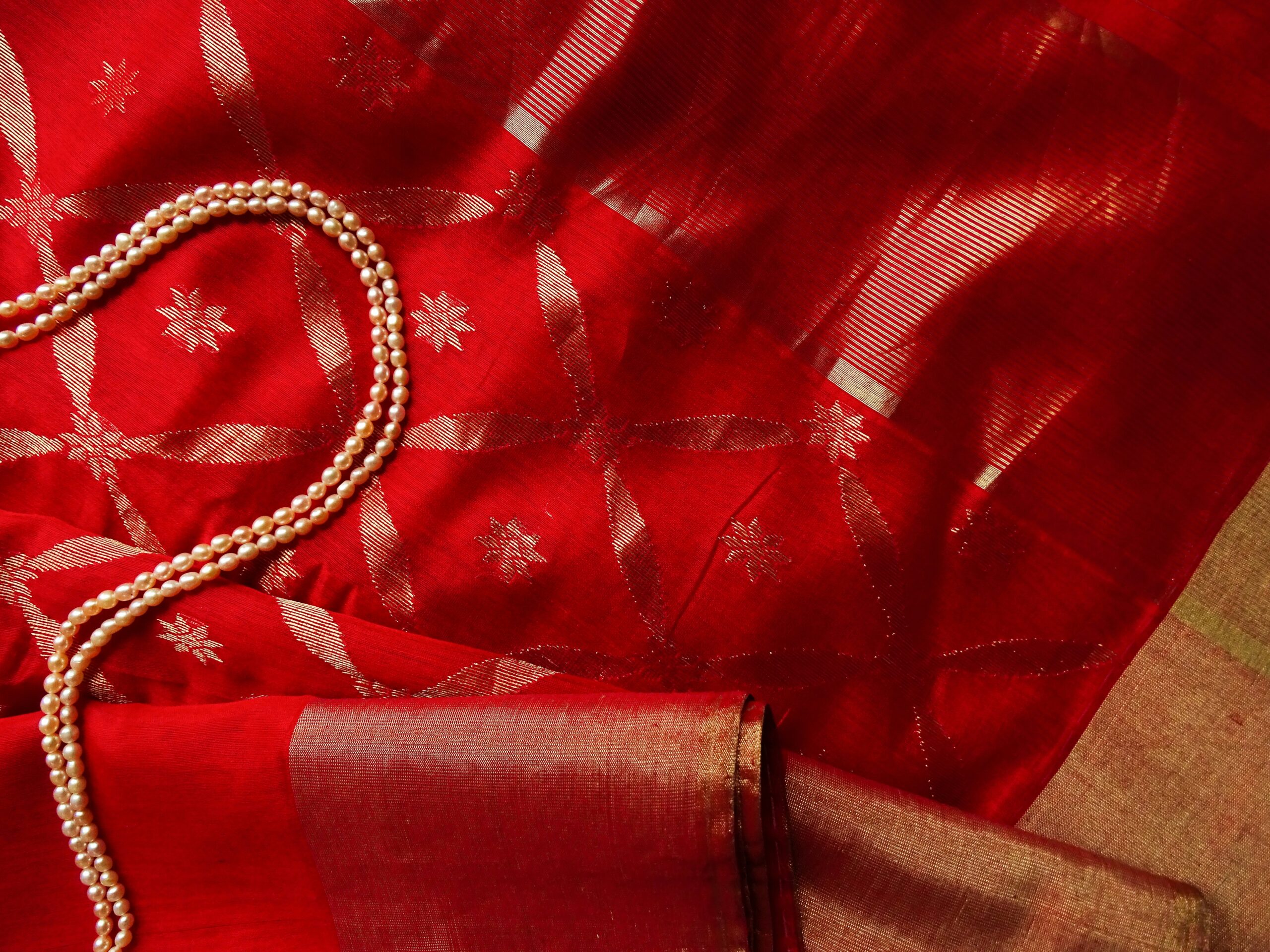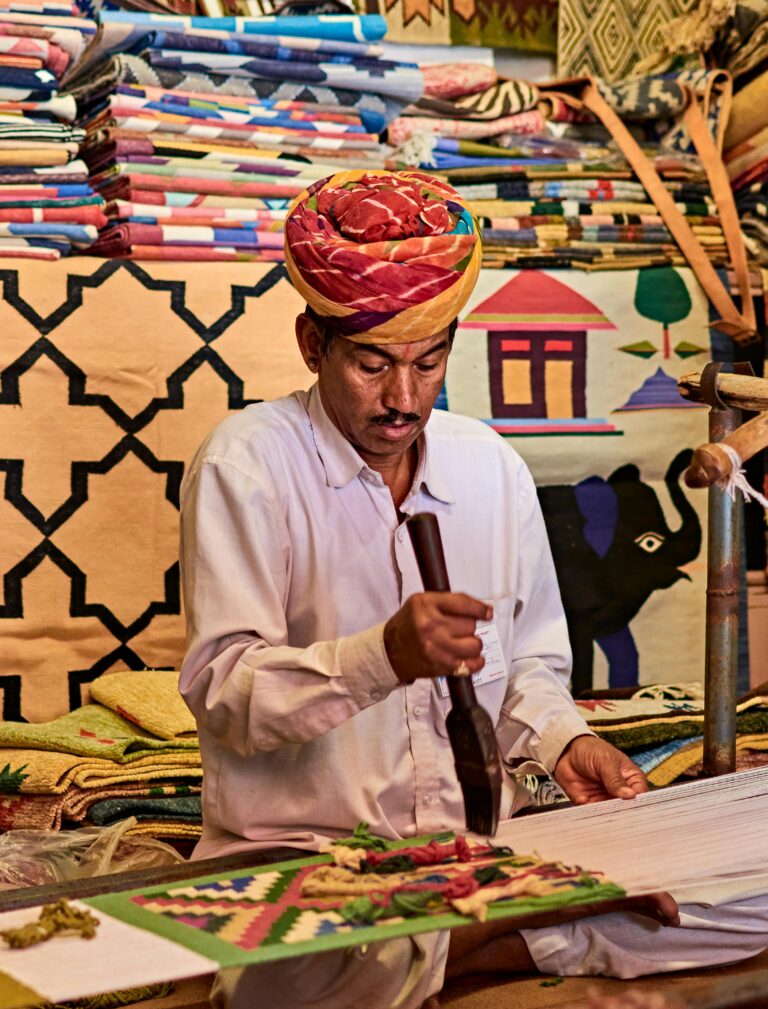The Fabric Remembers: Why We Cling to Cotton, Silk, and Scent
It often begins not with a conscious thought, but with a jolt of feeling. A scent that stops you in your tracks, a texture under your fingertips that instantly transports you back a decade. This is not mere nostalgia. It is a well-documented psychological process known as involuntary memory. Smell and touch bypass logic and speak straight to memory and emotion. This is why a scent or a texture can trigger a flood of memory far more powerfully than a photograph can.
We assume memory lives neatly in the mind. But what if its fiercest fragments live elsewhere, stitched into the things we touch? In the warp and weft of cotton, in the cool slip of silk, in the faint, lingering scent of a person we miss. I follow this idea: that fabric is the unconscious archive of our lives.
The story of fabric often begins with cotton. Before I knew the names of different textiles, I knew their feel. The cold, crisp bedsheet on a summer night, my grandfather’s soft kurta. Cotton carries a very specific emotion: cool against the skin, faintly musky, soft yet unpolished like fabric that still remembers the wind.
This connection becomes a powerful anchor to our personal history. I think of opening my grandmother’s old baksa, a steel trunk. The cold feeling on my fingertips, the crackling sound telling tales of decades past. A scent rises, the musky smell of her cotton sarees. I reach in and my hand finds one, softer than regular. Perhaps it grew soft the way people do with every hardship endured, each tear absorbed, the fabric, like a heart, becoming gentler with time. The fabric feels worn, yet its strength has been transfigured into gentleness.
Time softens both fabric and memory. Psychologists call it tactile reminiscence—the way touch reawakens emotions we thought were buried. On a difficult day, even the brush of worn cotton can ground you, not through words, but through the quiet memory it carries. A reminder that the fabric carries strength when we don’t.
If cotton is the fabric of our daily lives, silk is the fabric chosen for the days that become our history. The difference is in its smoothness, its whisper. It feels like fine sand slipping through your palm, impossible to hold, unforgettable to touch.
Silk is tied to big life events weddings, ceremonies, parties. I have seen my mother’s silk sarees, worn only for these moments, adorned with her gold jewellery. The making of silk is a hard and costly process, so since ancient times, it has been reserved for royalty. To wear it was a luxury. Its prism-like threads catch the light, making even the simplest weave gleam with ceremony. Perhaps that is why silk still feels reserved for celebration.
But our closets are not just filled with cotton and silk. They are filled with the fabric of our modern lives: the synthetic. It is the fabric of urgency; born in war, perfected in scarcity, multiplying garments where there were once none. Synthetic fibre gave us abundance closets multiplying faster than memory could keep up. It is the fabric of athletes in motion, of quick fashion fixes, of daily reality.
It does not have the inherent story of cotton, which feels like home, or the legacy of silk. It is, perhaps, the fabric of anonymity, a blank slate waiting for a story. And yet, our stories happen in these clothes, too. A memory can be attached to any garment, irrespective of its origin. A synthetic piece, worn through the significant moments of your life, will also hold your scent, your story.
In today’s world, the physical is disappearing. Our music is on Spotify. Our movies are on Netflix. Our books are on a Kindle. In this digital dematerialisation, the wardrobe remains one of the last personal archives we can still touch.
We no longer have the smell of old book pages, the weight of a photo album. But we still have our clothes. We can touch them. We can smell them. We can have our memories associated with them. Your wardrobe is your witness quietly recording every chapter in its threads.
So instead of just seeing them as clothes, we can see them as stories. We can use them to remember. We can acknowledge their power.
The fabric remembers. And in a world that is constantly urging us to forget, that may be the most important thing of all.





